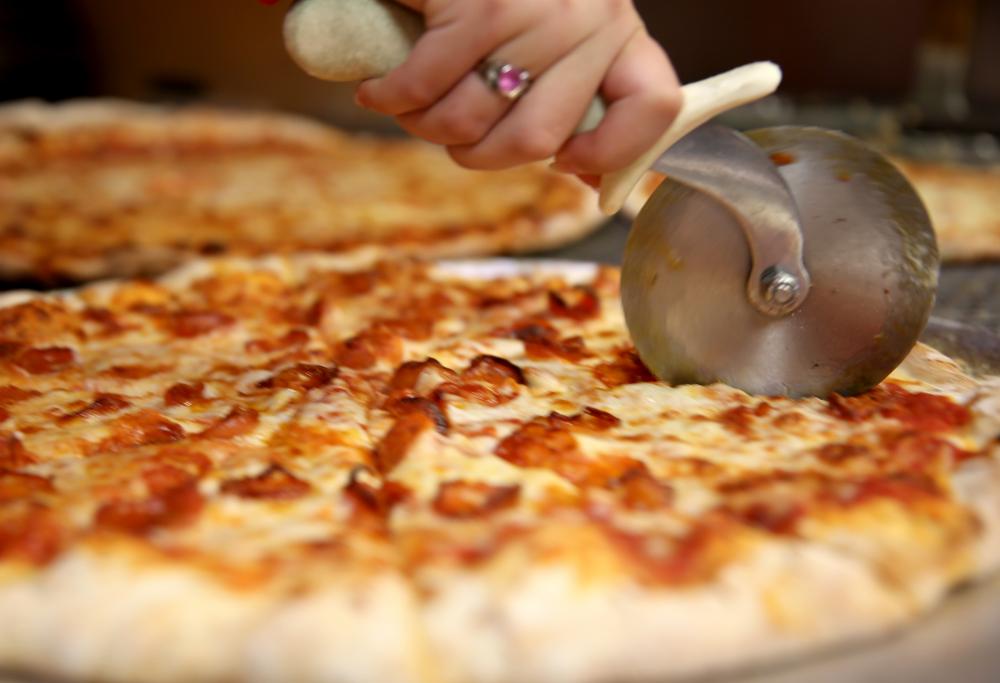#NPRreads is a new feature we’re testing out on Twitter and on The Two-Way. The premise is simple: Correspondents, editors and producers throughout our newsroom will share pieces that have kept them reading. They’ll share tidbits on Twitter using the #NPRreads hashtag, and on occasion we’ll share a longer take here on the blog.
This week, we bring you four reads that illuminate a bit of history or pieces of regulation you may not have known about.
From Brian Naylor, a correspondent on NPR’s Washington desk:
What’s in your wallet? No matter how much or little, the cash we carry has one thing in common-it’s decorated with the faces of deceased white men. Two women in New York hope to change that:
“It wouldn’t require a vote in Congress or Presidential approval to get a woman on the twenty-dollar bill. The Secretary of the Treasury is responsible for the designs that appear on paper notes, including the portraits. Nor do the people depicted on bills have to meet particularly stringent standards; according to U.S. law, they just have to be dead.”
From Chuck Holmes, NPR’s deputy managing editor:
There’s something oddly fascinating about a suicide bombing in New York’s Gilded Age. This historical piece is full of great details like this: the bomber, blown literally to bits, was identified by a Brooks Brothers suspender button found at the scene. A horrible, 21st Century-style crime in a quaint and simpler time.
From Carline Watson, the executive producer of NPR’s identity and culture unit:
Over the years, black people have been “colored,” “black,” “negroes,” “African-American” and many derogatory and pejorative names in-between that I won’t mention here. And it is no secret that there are some first names that immediately signify that the bearer is black, which, it is believed, can sometimes work to a person’s disadvantage. In the continuing quest for who decides what black people call themselves, a recent story by Professor Brittney Cooper of Rutgers University caught my eye. She wrote:
A new study from professor Erika Hall of Emory University’s Goizueta Business School suggests that white people have a far more negative view of the term “Black” than they do of the term “African-American.” For instance, study participants routinely concluded that a person had a higher level of education and job status, if that person was referred to as African-American rather than Black…… Study participants also concluded that targets identified as “African-American” were perceived to have a higher socioeconomic status, to generally be more competent, and to have a “warmer” personality.
Cooper points out that this debate is not new. Early in the 20th century, W.E.B. DuBois wrote in The Souls of Black Folk, about the double-consciousness of being black, “this sense of always looking at ones’ self through the eyes of others, of measuring one’s soul by the tape of a world that looks on in amused contempt and pity. One ever feels his two-ness, An American, a Negro; two souls, two thoughts, two unreconciled strivings; two warring ideals in one dark body, whose dogged strength alone keeps it from being torn asunder.”
From Serri Graslie, a producer on NPR’s All Things Considered:
The lead to this story totally drew me in:
“There are 11,781 registered lobbyists in Washington, more than enough to represent even the most arcane special interests. The American Racing Pigeon Union has a lobbying firm to work on its behalf. So do the Interlocking Concrete Pavement Institute, the Owners of Ivory Miniatures, and the International Natural Sausage Casing Association. Within corporate America, food industry lobbyists represent particularly specific interests: Groups advocate for restaurants and frozen foods, franchise associations, and chains. Beef, dairy, corn, potatoes, and apples all have their champions.
“But there is nothing quite like the pizza lobby, a rare coalition of competitors who have banded together to advocate for a specific dish. There’s no sandwich lobby, no burrito trade association. The macaroni-and-cheese people have yet to get their act together.”
The rather humorous story by Bloomberg’s Andrew Martin traces the birth and and influence of the pizza lobby, known as the “American Pizza Community.”
The lobby was formed in 2010, when new federal school lunch standards put pizza on the “nutritional axis of evil” (schools serve almost $500 million worth of pizza each year.) Growing menu-labeling requirements also don’t sit well with the pizza industry, because it knows that no one wants to see 10,000 calories listed for the large pepperoni they were about to order.
When it comes to politics the pizza industry tends to prefer Republicans, giving $1.3 million to federal candidates in the last two election cycles.
9(MDA3MTA1NDEyMDEyOTkyNTU3NzQ2ZGYwZg004))
